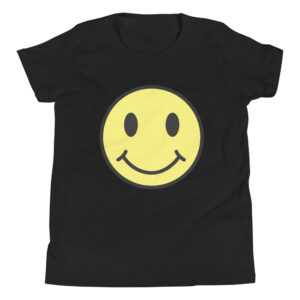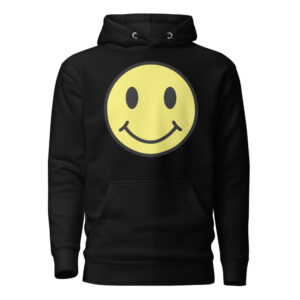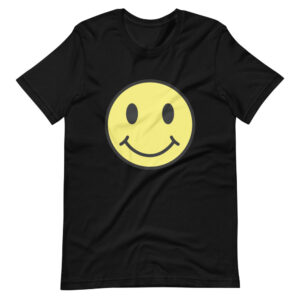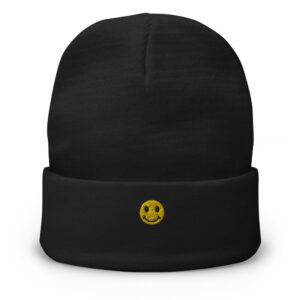Old Finds, Fresh Looks
Vintage fashion has undeniable charm, but there’s a fine line between timeless and tired. Knowing how to shop vintage without looking outdated means understanding how to balance retro elements with modern sensibilities. The goal isn’t to look like you’re wearing a costume—it’s to curate a look that feels authentic, current, and stylish.
Start with Quality Basics
The best vintage pieces are those that stand the test of time in both construction and design. Before diving into bold prints or exaggerated silhouettes, focus on finding foundational items like classic blazers, high-waisted denim, and neutral-toned sweaters. These staples often appear in both vintage and modern wardrobes, making them easier to blend seamlessly.
Pay Attention to Fit
Vintage sizing often differs from today’s standards, so it’s important to try pieces on—or be prepared to alter them. A well-fitted garment instantly looks more intentional and current, even if it’s decades old. Tailoring a vintage piece to fit your body not only modernizes the silhouette but also elevates the entire outfit.
Mix with Modern Essentials
One of the easiest ways to keep a vintage look fresh is to pair it with contemporary basics. Think: a vintage blouse styled with modern jeans and sleek ankle boots, or a 70s suede jacket layered over a minimalist dress. This high-low approach helps ground the vintage element and prevents the outfit from feeling like a costume.
Avoid Full-Era Looks
While it might be tempting to go full 80s with shoulder pads and acid wash, wearing multiple era-specific pieces at once can look outdated. Instead, select one standout vintage item and build the rest of your outfit around it using modern or timeless pieces. This keeps the look balanced and wearable.
Focus on Accessories
Vintage accessories are one of the safest—and most fun—ways to incorporate old-school charm into your wardrobe. A structured 60s handbag, cat-eye sunglasses, or a silk scarf from the 70s can add character without overpowering your look. These pieces often carry the essence of their era while remaining versatile enough for everyday wear.
Know What to Skip
Not all vintage is worth reviving. Some fabrics, cuts, and patterns don’t translate well in a modern context. Avoid anything that feels overly kitschy, poorly made, or too damaged to repair. If you’re unsure, trust your gut—if it feels like a costume or makes you uncomfortable, it’s probably not the right piece.
Shop with a Vision
Vintage stores, flea markets, and thrift shops can be overwhelming. Go in with an idea of what you’re looking for—maybe a camel trench coat, a silk blouse, or denim with character. Having a focus can help you sift through the racks and stay intentional with your choices.
Confidence Is Key
Wearing vintage successfully is as much about attitude as it is about aesthetics. Own your look. If you feel good in what you’re wearing, it’s far more likely to come across as chic and deliberate rather than outdated. The confidence you carry will always be the most modern accessory of all.






